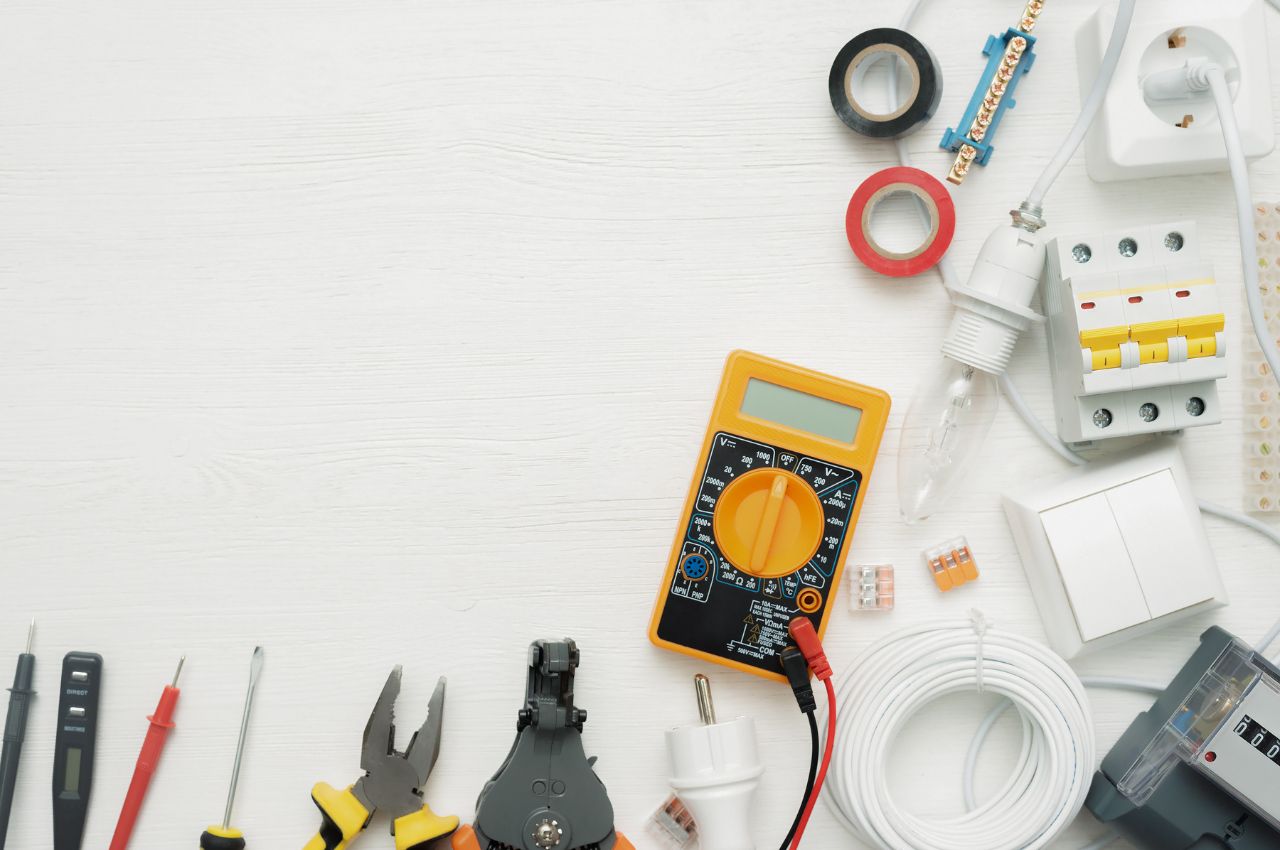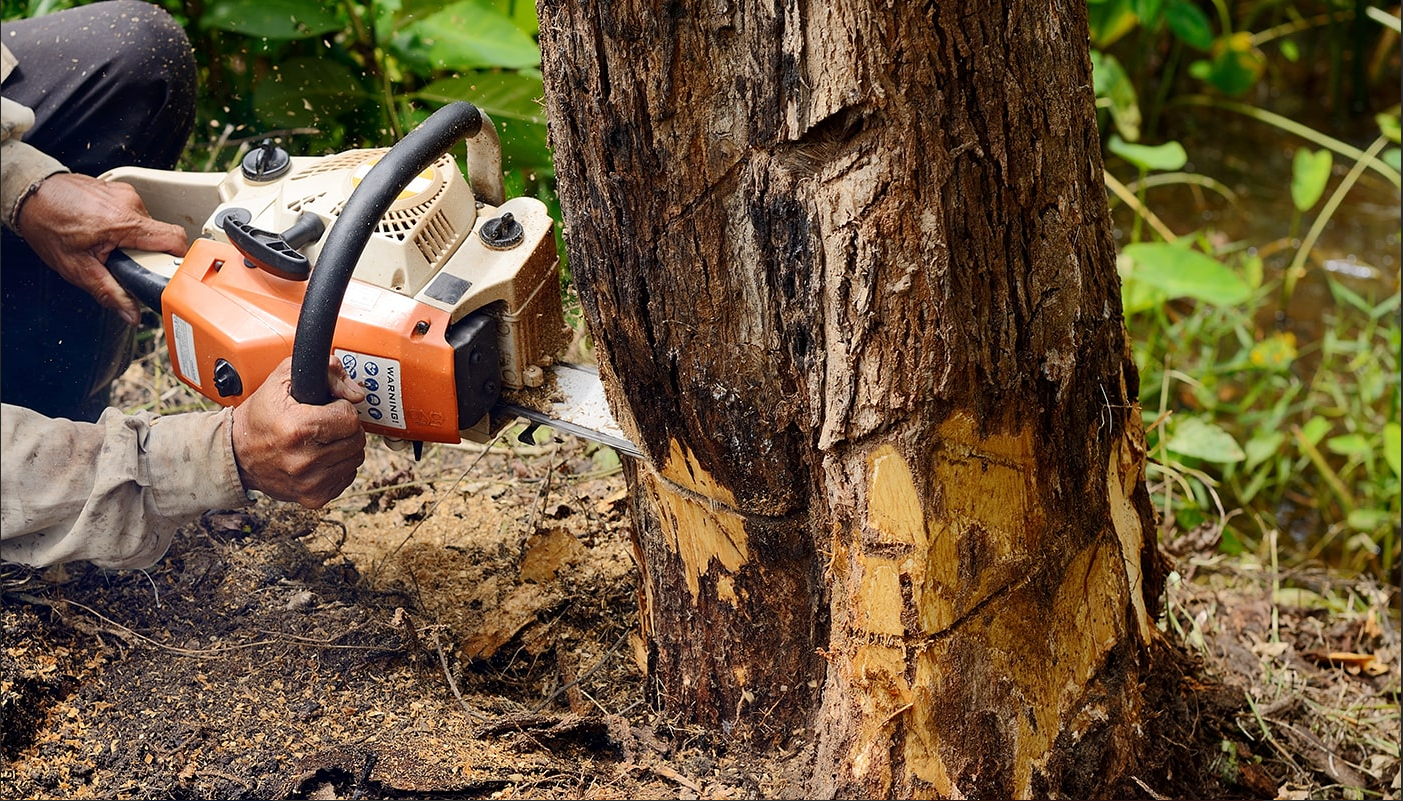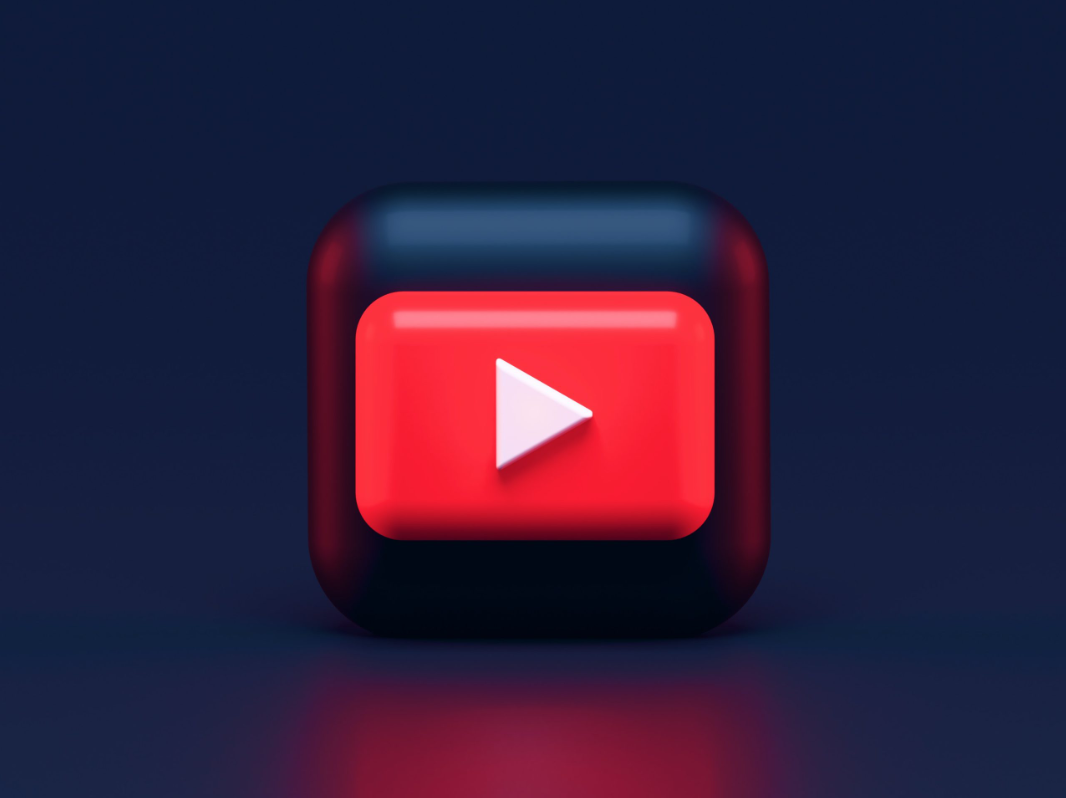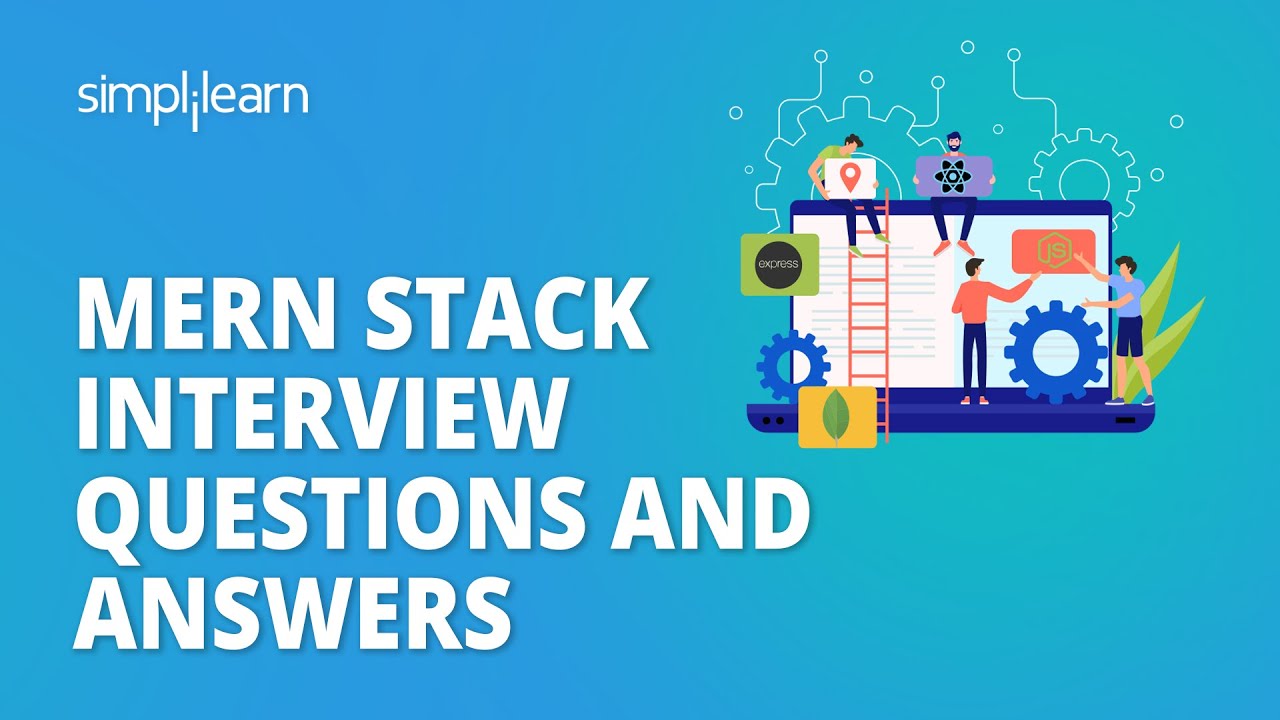The Ultimate Guide to Designing Flyers That Convert
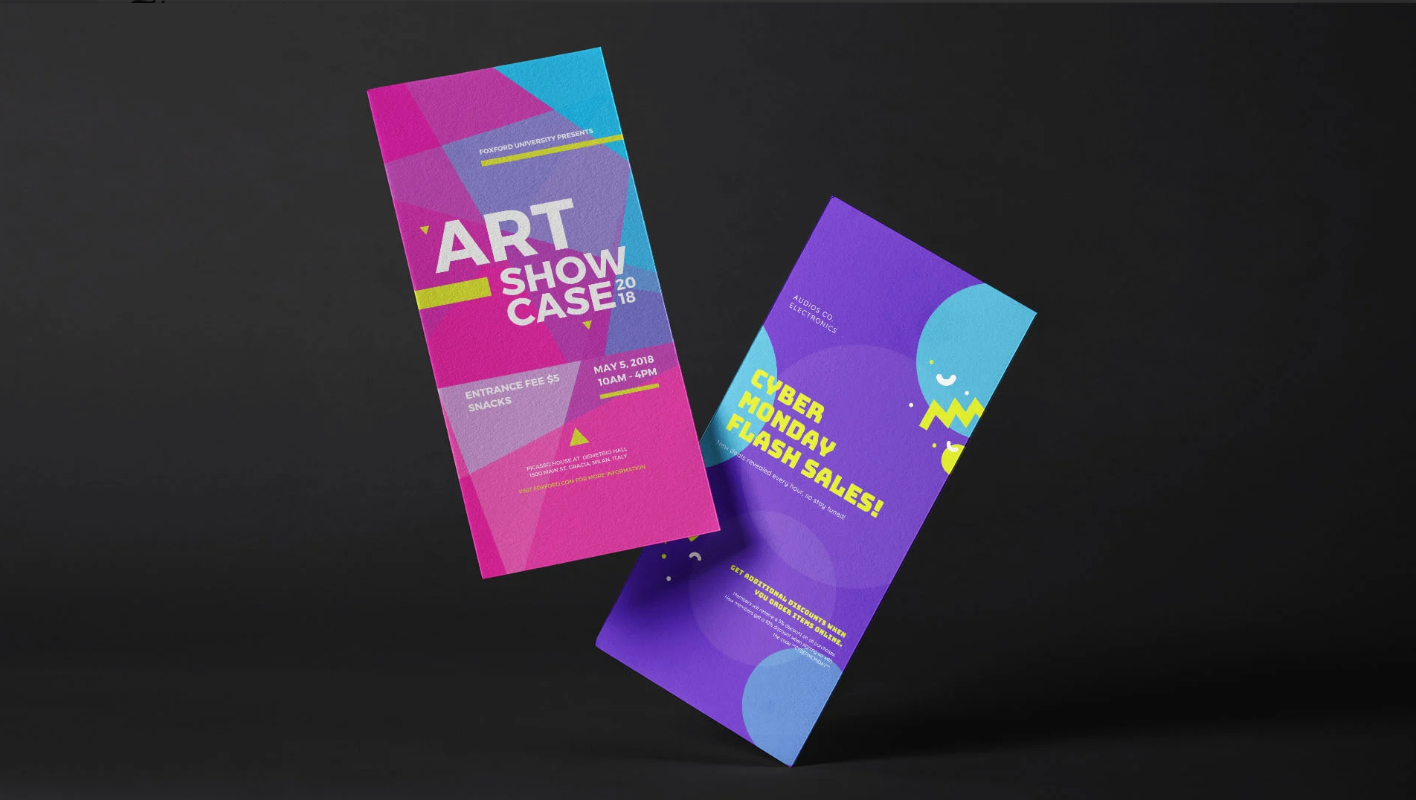
Introduction
In a world increasingly dominated by digital marketing, the humble flyer might seem like an antiquated form of advertising. However, you’d be mistaken to overlook its potential for driving conversions. With the right design, copy, and distribution strategy, a well-crafted flyer can stand as a marketing powerhouse in its own right. And when it comes to creating professional, high-quality flyers, platforms like HelloPrint offer a range of customizable templates and printing options that take the hassle out of the entire process. Ready to unlock the secrets to designing flyers that convert? You’ve come to the right place.
Understanding the Conversion Process
What is Conversion in Marketing?
Conversion is the process of turning a prospect into a paying customer, subscriber, or lead. In other words, it’s when a potential customer performs a specific action that you want them to take—be it making a purchase, filling out a contact form, or signing up for a newsletter. The conversion rate is the percentage of people who take this desired action.
The Role of Flyers in Conversion
Flyers are an integral part of the conversion funnel. Whether distributed digitally or physically, they serve as a medium to draw attention to your brand, share information, and inspire action. When done right, a flyer can be a strong call-to-action that leads to conversion.
Defining Your Conversion Goals
Set Clear Objectives
For any marketing campaign to succeed, setting clear and measurable objectives is essential. Are you looking to boost in-store footfall, increase website traffic, or promote an event? Your goal will inform the flyer’s design, copy, and distribution strategy.
Align Goals with Your Target Audience
The key to an effective flyer is understanding what resonates with your audience. Defining your conversion goals in line with your target audience ensures that your messaging will be tailored and impactful.
Audience Analysis
The Importance of Knowing Your Audience
You can’t persuade someone if you don’t know what makes them tick. Conducting a thorough audience analysis allows you to create a flyer that speaks directly to your potential customers’ needs and desires.
Tools for Audience Research
Surveys, social media analytics, and customer interviews are great ways to glean insights into your target audience. Use these tools to refine your messaging and better align your flyer with consumer needs.
Crafting Compelling Messages
Attention-Grabbing Headlines
The headline of your flyer is the hook that captures your audience’s attention. Make it intriguing, relevant, and concise to entice the reader to learn more.
Persuasive Body Text
Your body text should offer value and address the reader’s needs or concerns. Make your points quickly and clearly, and always aim to answer the question: “What’s in it for me?”
Visual Design Strategies
The Power of Colour Psychology
Different colours evoke different emotions. Use colour psychology to your advantage to convey the mood or feeling that aligns with your brand or offering.
Typography and Imagery
The fonts and images you choose should not only be visually appealing but also amplify your message. For instance, a playful font may be appropriate for a children’s event, while a more formal typeface would suit a corporate seminar.
Examples of Effective Flyer Design
Incorporate elements from flyers that have proven successful. Whether it’s a striking visual theme or a particularly compelling call-to-action, these are your benchmarks for effectiveness.
Layout and Hierarchy
Principles of Effective Layout Design
An intuitive layout guides the reader’s eyes from the headline, to the main body of text, and finally to the call-to-action. Make use of grids and alignment to achieve this flow.
The Importance of Visual Hierarchy
Visual hierarchy helps guide the reader’s attention. Use scale, colour, and spacing to differentiate between elements and make the information easy to digest.
Call-to-Action (CTA) Optimisation
Crafting Compelling CTAs
A good CTA is clear, concise, and compelling. Use action verbs and make the benefit to the reader clear: “Buy Now and Save 20%” is better than just “Buy Now.”
Best Practices for CTA Placement
Your CTA should be easily identifiable and should usually come towards the end of the flyer, but it’s also beneficial to pepper smaller action prompts throughout the text.
Branding Integration
Incorporating Brand Elements
Your flyer should be a natural extension of your brand, incorporating the same colours, fonts, and tone used across your other marketing materials.
Real-World Examples
Look to successful brands that have mastered the art of cohesive branding in their flyers. Notice how logos, colour schemes, and text are harmoniously integrated.
Selecting the Right Printing Options
Paper Types, Sizes, and Finishes
The choice of paper can greatly affect the perceived quality of your flyer. Thicker paper often feels more premium, while a glossy finish can make colours pop.
Recommendations for Your Campaign
Based on your objectives and budget, select the paper type and finish that will most effectively convey your message.
Professional Printing vs. DIY
The Pros and Cons
Professional printing guarantees quality but can be costly, while DIY options offer more control and can be more budget-friendly. Weigh the pros and cons based on your specific needs.
Quality Assurance
The Importance of Proofreading
Spelling and grammatical errors can immediately lower the perception of your brand. Always proofread your flyer before printing.
Final Checklist for Review
Before sending your flyer for printing, double-check the layout, alignment, and ensure all graphical elements are in high resolution.
Distribution Strategies
Online and Offline Channels
Whether distributing through social media, email, or traditional methods like door-to-door delivery, consider your target audience and where they are most likely to engage with your flyer.
Measuring and Analysing Conversions
Tools for Evaluation
Tracking tools such as Google Analytics, QR codes, and coupon codes can help you evaluate the effectiveness of your flyer campaign.
Case Studies and Examples
Learn from real-world examples of flyer campaigns that resulted in high conversions. Analyse what they did right and how you can apply similar strategies.
Additional Resources
For those looking to dive deeper, check out these helpful tools and articles for flyer design and conversion optimization.
Conclusion
Designing a flyer is not just an exercise in creativity; it’s a meticulously planned venture aimed at driving conversions. From setting clear objectives to crafting compelling messages, each element must be fine-tuned to speak to your target audience.
Call to Action
Ready to design a flyer that converts? We’d love to hear your success stories. For any further inquiries or support, don’t hesitate to reach out.
There you have it—a comprehensive guide to designing flyers that not only look good but also convert. Now, it’s your turn to put these insights into action. Happy designing!
